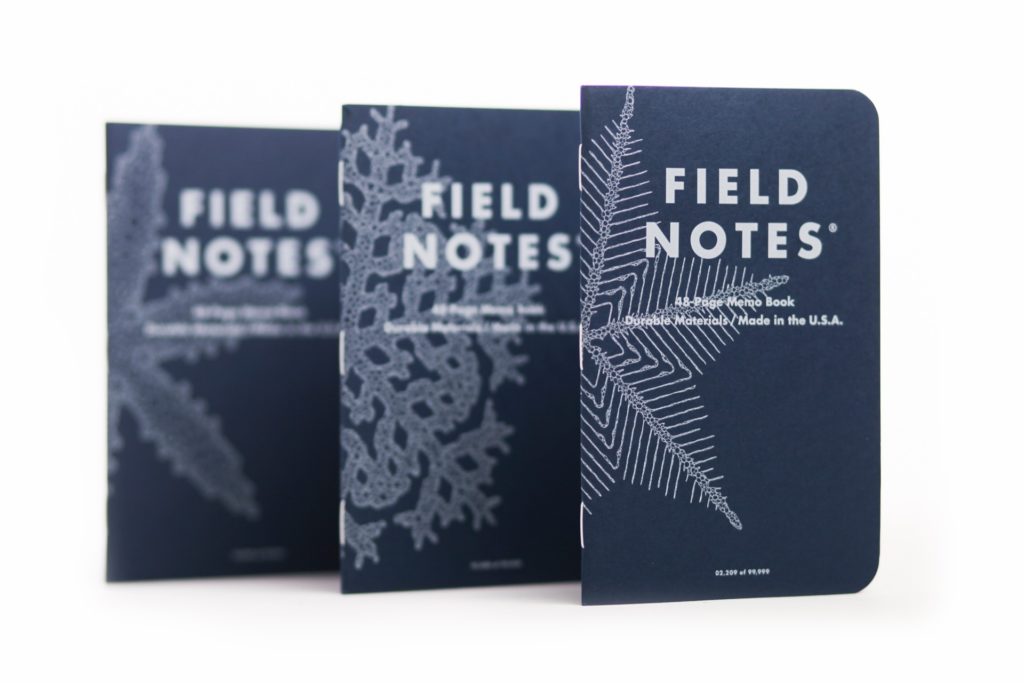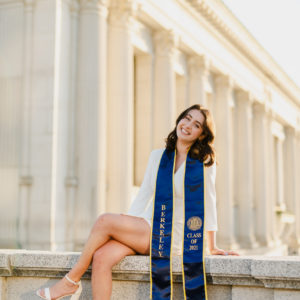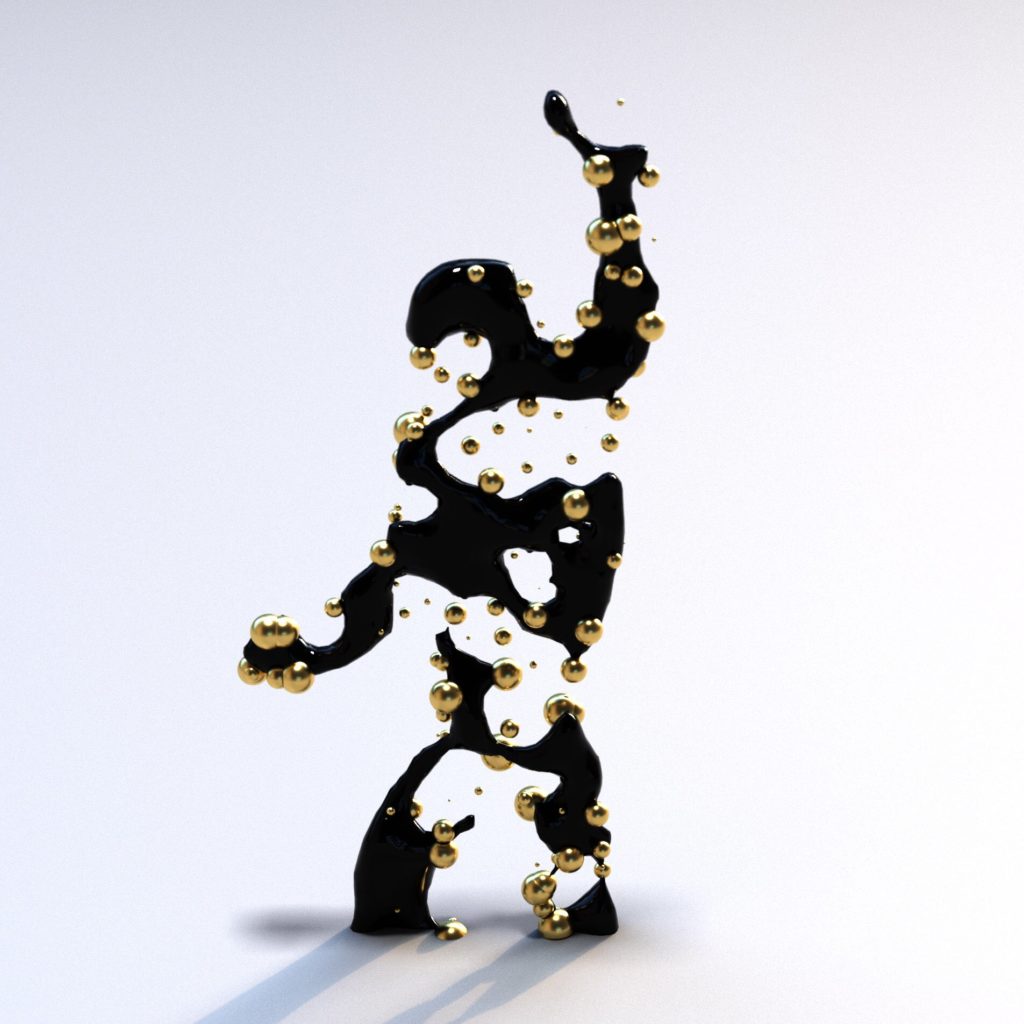In anticipation of Unit London’s upcoming exhibition, ‘NFTism: No Fear in Trying,’ our Editor in Chief, David Cash recently had the opportunity to interview Brendan Dawes on Clubhouse to discuss Dawes’ work and their experiences in the NFT space.
‘NFTism: No Fear in Trying’ will be the first exhibition hosted by Institut, a platform being launched by Unit London, that will be “the first NFT platform exclusively led by art-world professionals.” Founded by Joe Kennedy and Jonny Burt, the platform is dedicated to “exploring new digital art forms” and “showcasing high quality and expertly curated artworks”.
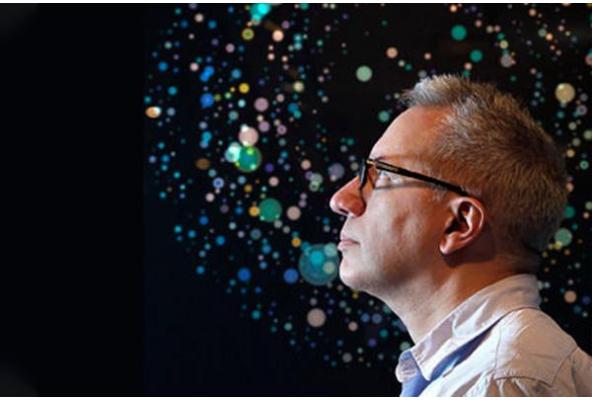
Bringing together 100 artists from both digital and traditional backgrounds, including Brendan Dawes, Miao Ying, Olive Allen, IX Shells, and more; Institut hopes to create a “crucial bridge between the traditional art-world and emerging digital communities by offering print editions alongside NFT artworks.”
Brendan Dawes, a prolific UK-based artist within the Contemporary Art and NFT spaces, is known for his work with generative processes bringing together elements of both art and science in the pursuit of creative imagery both on screens and in print.
While Dawes and Cash both recognized some of the risks associated with generative art, after recent controversies in which randomizing characteristics have led to collectibles accidentally depicting racist and sexist scenes, they both conceded that this artistic realm is still very much in its infancy, and has a long way to go.
The first viral controversy associated with generative art was in regards to a release by Missfits University, in which some of the female characters generated were depicted with “crying eyes” and “tape over their mouths.” Artchick.eth referred to some of these collectibles as depicting a “college rape scene”. Though these characters were generated randomly, and according to the Misfits team: “any implied meaning was unintentional,” this still does bring into question why these attributes were options at all. “We need to put a lot more consideration into how we go about ‘randomizing’ elements of NFT artworks,” Cash affirmed.
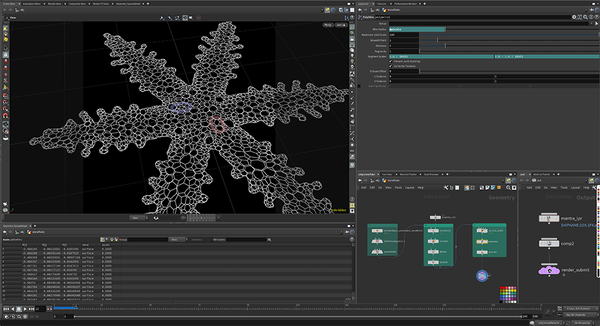
Dawes’ limited edition project with FieldNotes exemplifies a more innocuous application of generative technology. As opposed to generative art based on characteristics, in this context, Dawes made use of generative technology to create intricate snowflake patterns. Through the use of generative code, Dawes was able to create 99,999 distinct memo book covers, each adorned with its own distinct snowflake pattern, so that each cover would be completely unique.
Dawes describes the joy of producing works that “couldn’t be made any other way” through the coding processes involved in creating generative art. Dawes explained his artistic process of beginning with a pencil and paper sketch to set an intention and watching the work evolve through the process of visualizing code, creating code, and eventually producing a final result.
Citing his inspiration as ranging from Jonathan Glazer to E.E. Cummings, Dawes emphasizes the multidisciplinary nature of his work, and how emerging technology, within the NFT space, serves to accommodate this. Cash echoed this sentiment, describing his process as “reaching out to take from the zeitgeist of the world whatever it is that one might find themself inspired by.”
Dawes’ recent project, The Pandora Variations, exemplifies this multidisciplinary essence. Bringing together the work of composer Logan Nelson, choreographer Charlotte Edmonds, and Dawes’ own generative work, this collaboration brings us through five distinct, yet interconnected phases: Hatred, Jealousy, Turmoil, Sickness, and Hope. Taking inspiration from the Greek mythological tale of Pandora’s box, this work plays into mankind’s perpetual questioning of our existence. Describing the project as “an analogy for the year following the outbreak of the pandemic,” Dawes acknowledges the inevitability of pain and loss while maintaining a sense of optimism that the one thing left at the end of all these various stages of adversity is hope. Previews of two of these five stages can be found on this Sotheby’s lot page.
Joining the NFT space, just around one year ago, Dawes venerates the expansion of creative possibilities that come alongside technological development. Through minting their work as an NFT, artists can now directly sell to collectors, through the use of smart contracts. As Dawes explained on Clubhouse, this allows for artists to have greater agency over their sales as well as an ameliorated connection with their patrons.
“I like to do things I don’t know how to do because it’s more interesting for me,” Dawes relates. Fueled by curiosity, Dawes’ work ranges from print, to motion, to physical installations: “The fun is in the learning,” he describes.
Dawes’ work exemplifies the intersection between art and science, in displaying how emerging technologies can be used to produce work that might otherwise never come to fruition. We look forward to seeing all that he continues to contribute to this emerging space, through and beyond his work with Institut.
